| Structure | Name/CAS No. | Articles |
|---|---|---|
 |
Formic Acid
CAS:64-18-6 |
|
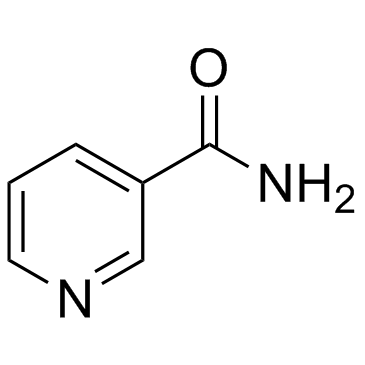 |
Nicotinamide
CAS:98-92-0 |
|
 |
Acetonitrile
CAS:75-05-8 |
|
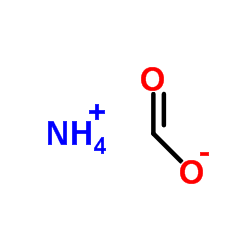 |
Formic acid ammonium salt
CAS:540-69-2 |
|
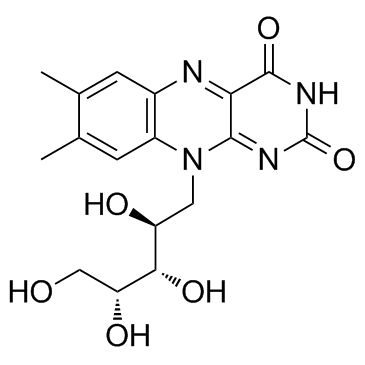 |
Riboflavine
CAS:83-88-5 |
|
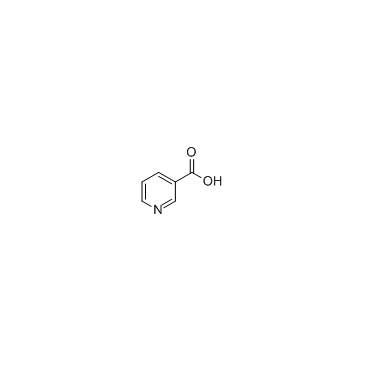 |
Nicotinic acid
CAS:59-67-6 |
|
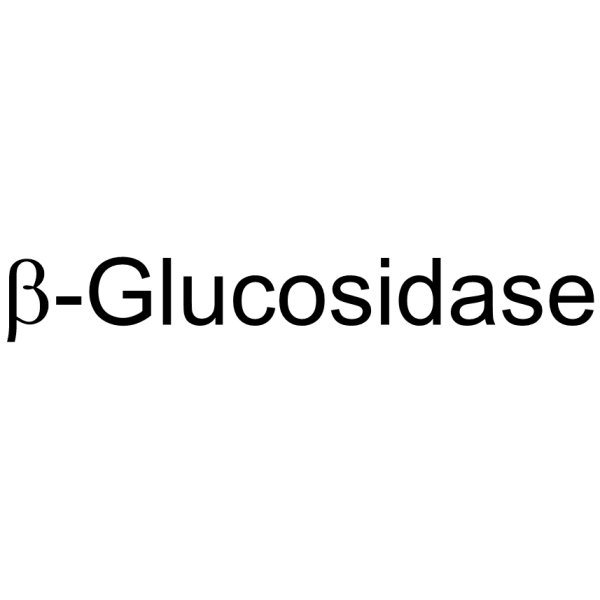 |
β-Glucosidase
CAS:9001-22-3 |